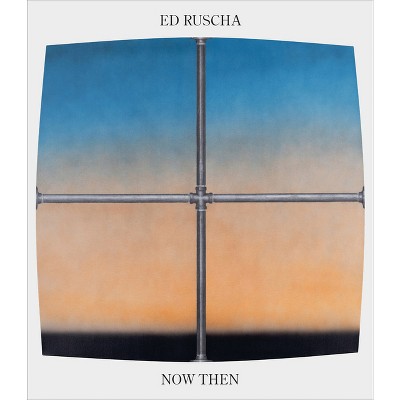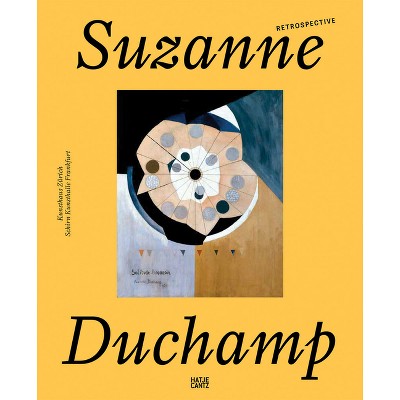Käthe Kollwitz: A Retrospective - by Starr Figura & Kathe Kollwitz (Hardcover)

About this item
Highlights
- An extraordinary gathering of rare drawings, prints and sculptures focusing on themes of motherhood, grief and resistanceIn the early 20th century, when many artists were experimenting with abstraction by way of colorful painting, Käthe Kollwitz remained committed to an art of social purpose through figurative, black-and-white printmaking and drawing.
- Author(s): Starr Figura & Kathe Kollwitz
- 248 Pages
- Art, Individual Artists
Description
About the Book
"In the early decades of the twentieth century, when many artists were experimenting with the language of abstraction and the leading figures were almost exclusively men, Kèathe Kollwitz (German, 1867-1945) achieved unlikely renown for her figurative prints focusing on the hardships of women and the working class. Convinced that printed art was the most effective organ of social criticism, she developed into one of history's most outstanding graphic artists. This catalogue traces the development of Kollwitz's career from the 1890s until her death in 1945, showcasing approximately 120 rarely seen examples of her work in prints, drawings, and sculpture. In addition to highlighting the unprecedented way that Kollwitz asserted the female point of view as a necessary and powerful agent for change, the publication also explores her intensive, eversearching creative process. Essays examine crucial aspects of Kollwitz's art, career, and legacy, including her professional life and connections in Berlin, her groundbreaking approach to the subject of women's grief, and her work's reception in the US"--Book Synopsis
An extraordinary gathering of rare drawings, prints and sculptures focusing on themes of motherhood, grief and resistance
In the early 20th century, when many artists were experimenting with abstraction by way of colorful painting, Käthe Kollwitz remained committed to an art of social purpose through figurative, black-and-white printmaking and drawing. Through her work, she brought visibility to the hardships of the working class and asserted the female point of view as a necessary and powerful agent for change.
Published in conjunction with the largest exhibition of her work in the United States in more than 30 years, and the first major retrospective devoted to Kollwitz at a New York museum, this book surveys the artist's career from the 1890s through the early 1940s. It features approximately 120 drawings, prints and sculptures drawn from public and private collections in Europe and North America. Examples of the artist's most iconic projects showcase her political engagement, while rarely seen studies and working proofs highlight her intensive, ever-searching creative process. Essays explore crucial aspects of Kollwitz's art, career and legacy, including her professional life and connections in Berlin, her groundbreaking approach to the subject of women's grief and her work's reception among artists in the US.
Käthe Kollwitz (1867-1945) was born in the Prussian city of Königsberg (now Kaliningrad, Russia). One of history's most outstanding graphic artists, she was widely recognized for her art of social advocacy and compassion and was one of the few women artists of the early 20th century to achieve international renown in her own lifetime.
Review Quotes
In the nearly 80 years since Kollwitz's death, images of violence have only become more ubiquitous. It's a devastating testament to her artistry that these works are still so moving.--Alice Procter "Hyperallergic"
The repetition, of drafts or experiments, shows how much creativity a mechanical process can afford.--E. Tammy Kim "New Yorker"
Her skills with basic techniques are unmatched - etching, lines, highlights and shadow all come alive in her grotesque woodblock scenes and drawings of poverty, violence and debauchery. The lucid detail with which she depicts ruin is astonishing.--Grace Byron "Frieze"
Käthe Kollwitz's fierce belief in social justice and her indelible images made her one of Germany's best printmakers. A dazzling MoMA show reminds us why.--Aruna D'Souza "The New York Times: Arts"











